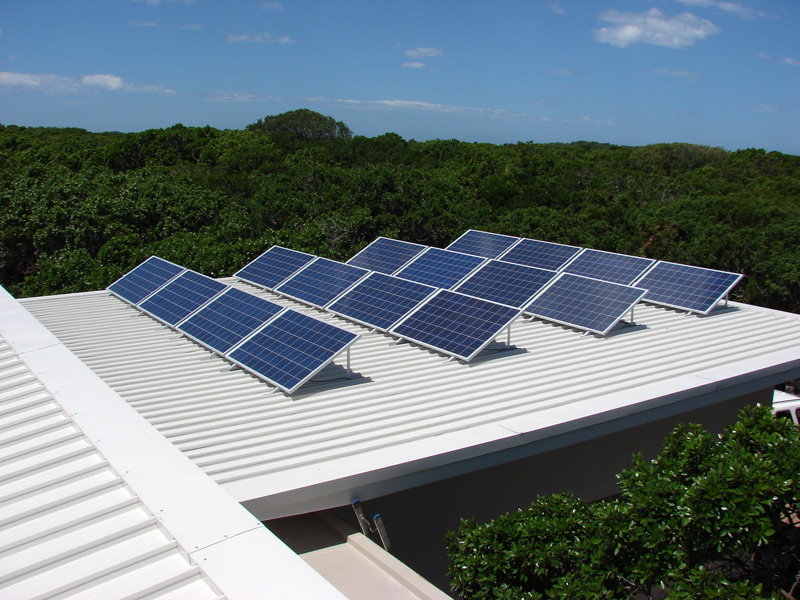ericfx1984
Solar Enthusiast
- Joined
- Oct 10, 2021
- Messages
- 741
Help?!?!
So I've been running multiple charge controllers for quite a while.. and it's never really been an issue.. but what I've noticed now that I've increased my battery size is that a few of the charge controllers basically start doing nothing I also did a little looking and realize that the church controller seem to be reporting a higher voltage than they should be
I have a pretty huge battery Bank all together over 1600 amp hours at 12 volts
The charge controllers I'm running are:
-1x EPEver 4210 40amp MPPT
-1x Victron 100/50
-3x EPEver 6415an 60 amp
The charge controller seem to pick up if I put a load on the battery.. or rather on the inverter
I'm guessing there's got to be a setting or parameter that can make these work a little better
So I've been running multiple charge controllers for quite a while.. and it's never really been an issue.. but what I've noticed now that I've increased my battery size is that a few of the charge controllers basically start doing nothing I also did a little looking and realize that the church controller seem to be reporting a higher voltage than they should be
I have a pretty huge battery Bank all together over 1600 amp hours at 12 volts
The charge controllers I'm running are:
-1x EPEver 4210 40amp MPPT
-1x Victron 100/50
-3x EPEver 6415an 60 amp
The charge controller seem to pick up if I put a load on the battery.. or rather on the inverter
I'm guessing there's got to be a setting or parameter that can make these work a little better



